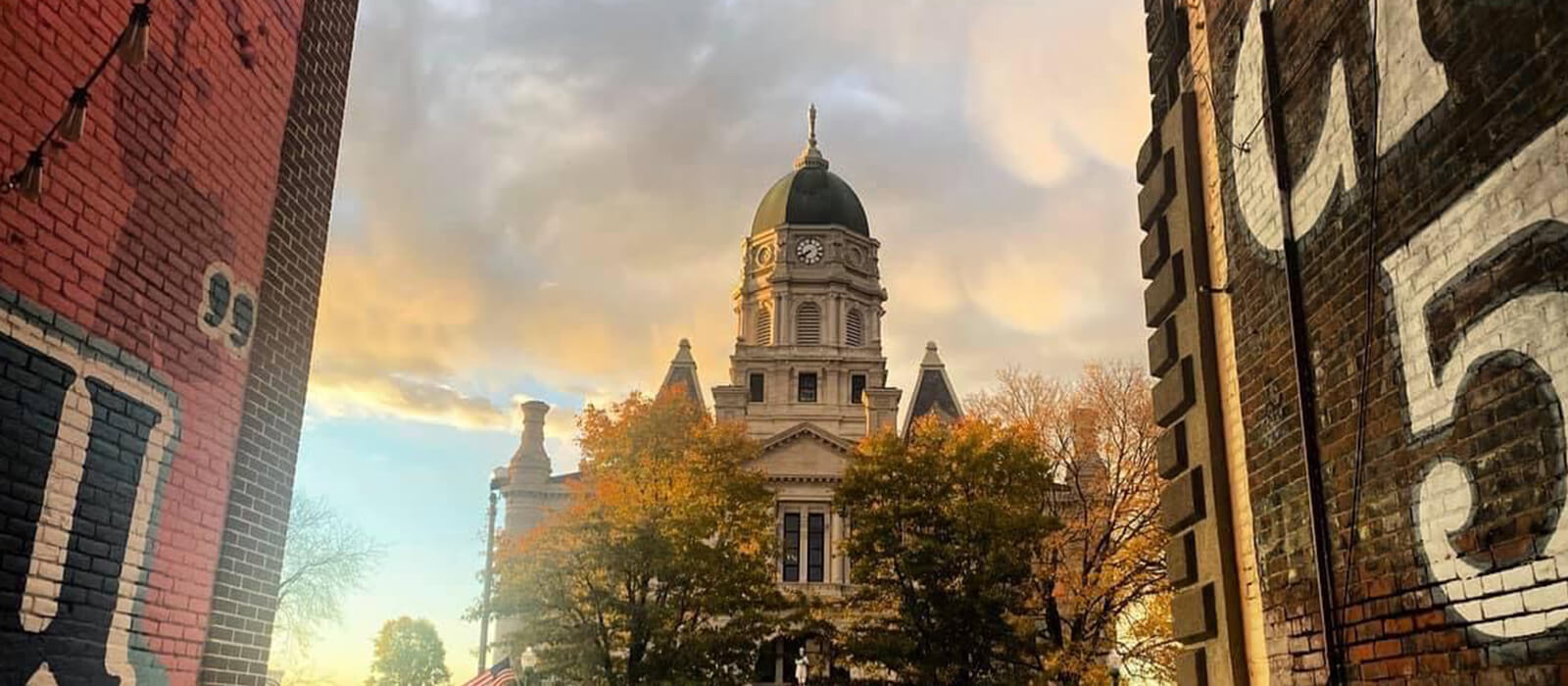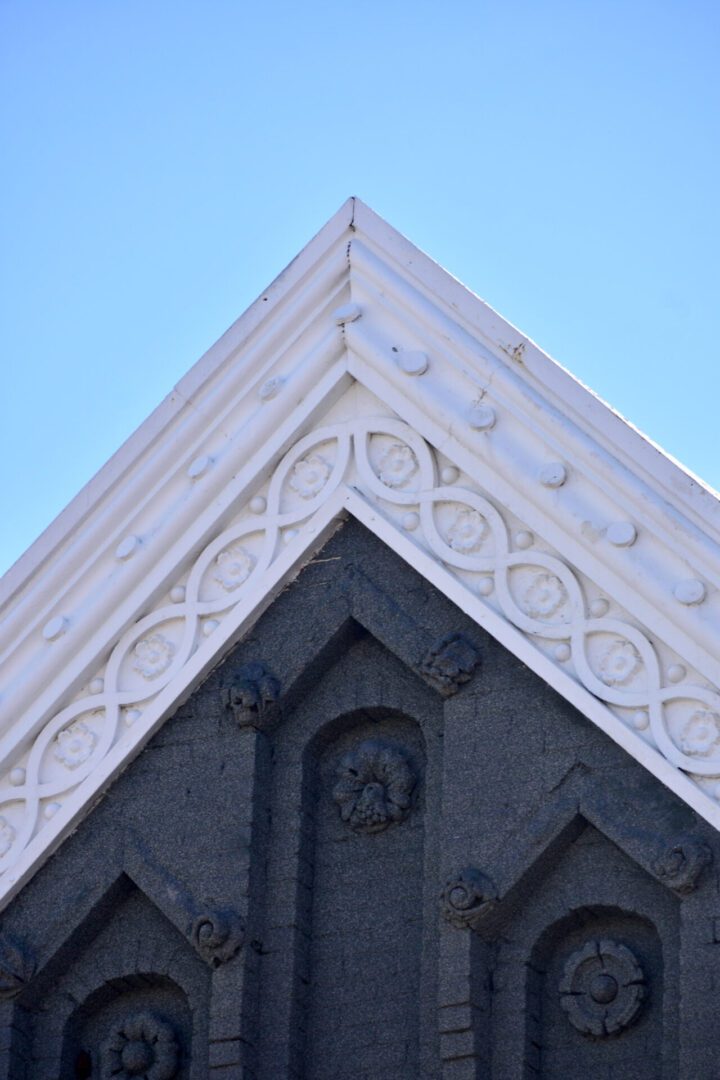The History that Made Us
There’s so much history hidden inside the property at 207 N. Main St.
Before it was Smith & Sons Funeral Home, it was the home of one Whitley County’s wealthiest citizens – Simon J. Peabody.
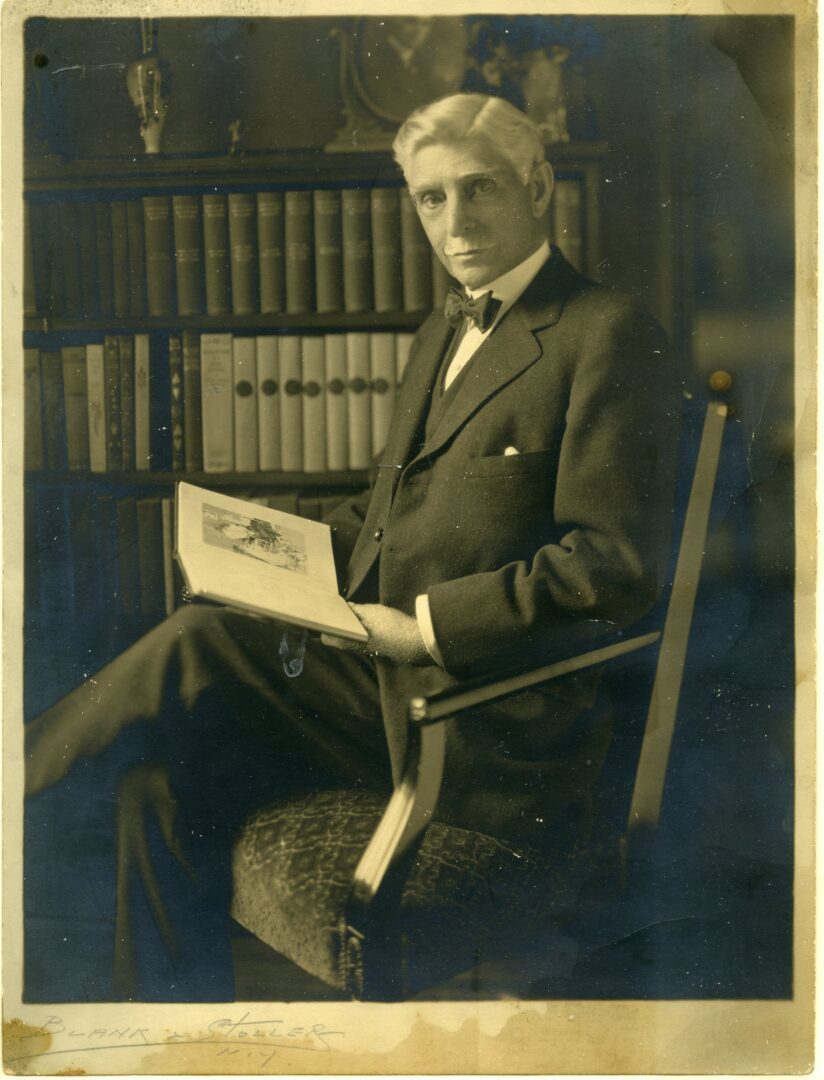
Simon Peabody, a titan of wealth and ambition, was a true “self-made” man. The boy who cut and sold wood to support his family became the man who played golf with Rockefeller. His fascinating story is marked by loss, business prowess, and determination.
Simon Peabody was born September 29, 1851 to John Lozier and Hannah Peabody. He was one of 11 children. Simon was born in Noble County, but two years later his family moved to Lake Township in Allen County.
His father was in the sawmill business, having built a small operation near the Pennsylvania railroad just east of the town of Arcola. Simon and his siblings attended school in a little log house where the Arcola Catholic Church would be located. His family, like the community around them, were poor but persistent in establishing a homestead in this part of the country. To make money, Simon would cut wood after school which would then be sold to fuel the engines for the Pennsylvania Railroad Company.
Typhoid would run rampant in this small community, and tragedy would come all too quick for young Simon. Within just a few years, he would lose his father and nine of his siblings to the terrible disease. Simon and his brother Jim would also get sick, but survived. Now at the age of 15 (this was in 1866), Simon would end his education and set off for work to support his family.
After working for the Pennsylvania Railroad for a couple years, he returned to Arcola to start a shingle mill, but he also worked as a firemen for a nearby sawmill. Soon after, Simon got word of great timber coming from land off the Eel River Railroad, and with optimism in his eyes he set off for Columbia City. He met Peter Taylor at his log cabin in the woods of Columbia Township. They agreed to a spot of land to locate this mill, and Simon partnered with Eli Meiser, also from Arcola, in order to gather $500, which was accepted as a down payment to build this mill. It was located in Section 19 of the township. A persistent Simon convinced Columbia City Judge James S. Collins, who was president of the Vandalia Railroad, to locate a stop at this location where the mill could send off its timber.
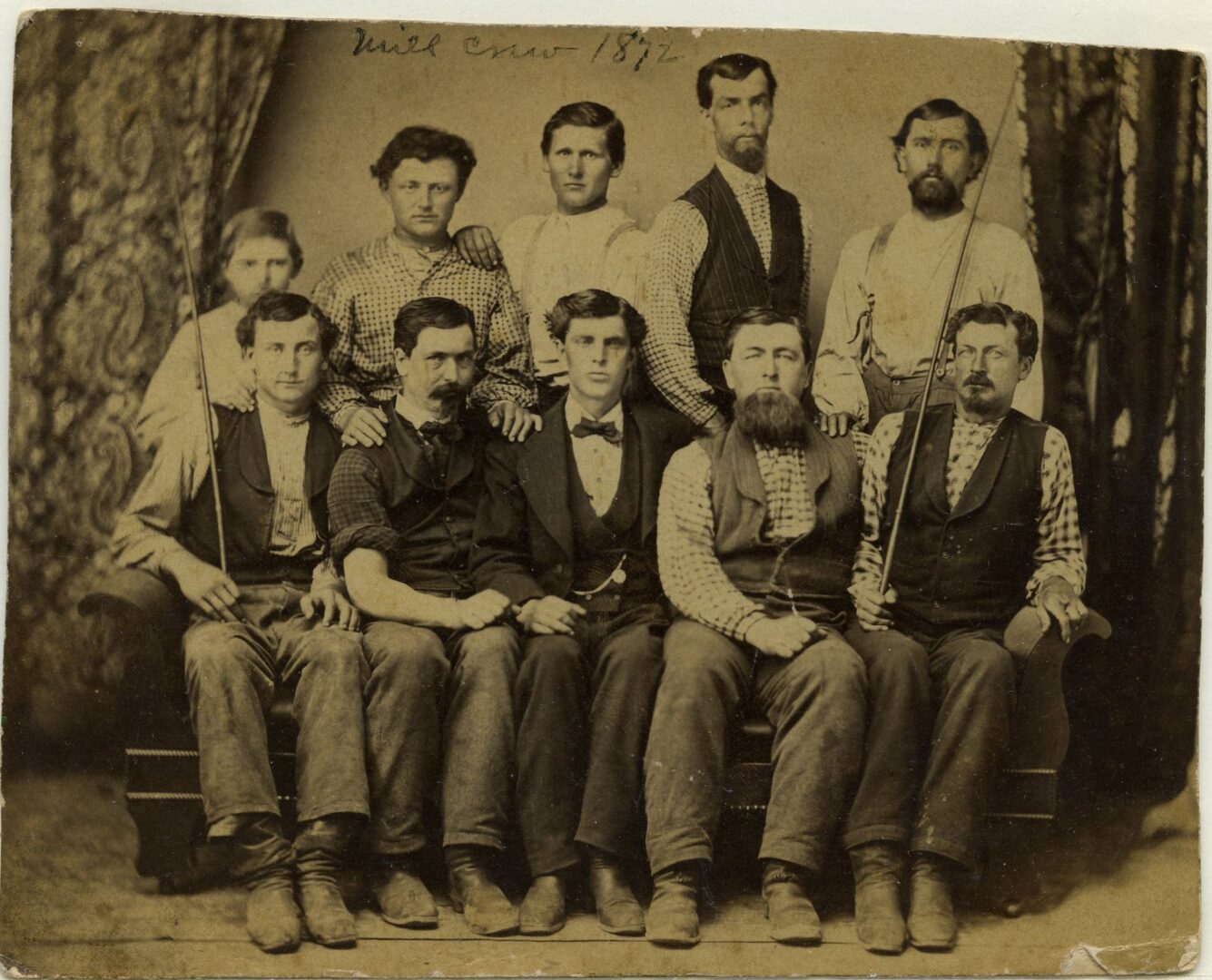
The mill was completed and ready for operation starting November of 1871. Its proximity to Hell’s Half Acre though led Meiser to want out of the deal, and Peabody bought his partner’s interest. He and his crew worked tirelessly over the next several years, and his determination led him to high-profile clients in Chicago, who were so impressed with the speed at which he was able to supply their operations, they continued to employ him while they built out the railroad system, and his list of customers quickly grew. Clients of Peabody’s company included the Chicago Northwestern, CB&Q, the Pullman Car Company, McCormick Reaper Company, Studebaker Wagon Company and the J.I. Case Farm Implement Company.
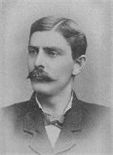
His success led Simon to 20 other mills besides his (at what was called Taylor’s Station).
Then on May 22, 1875 Simon married Hannah Swift, of Marion, Massachusets. She helped support Simon and his dreams for expansion. It wasn’t long before Taylor Station became an important stop on the railroad line. A post office was established in 1876, with Simon serving as postmaster, along with Hannah as postmistress. Together they had a child, but tragedy would strike again for Simon in 1879 with the death of his child due to illness followed a week later by his wife.
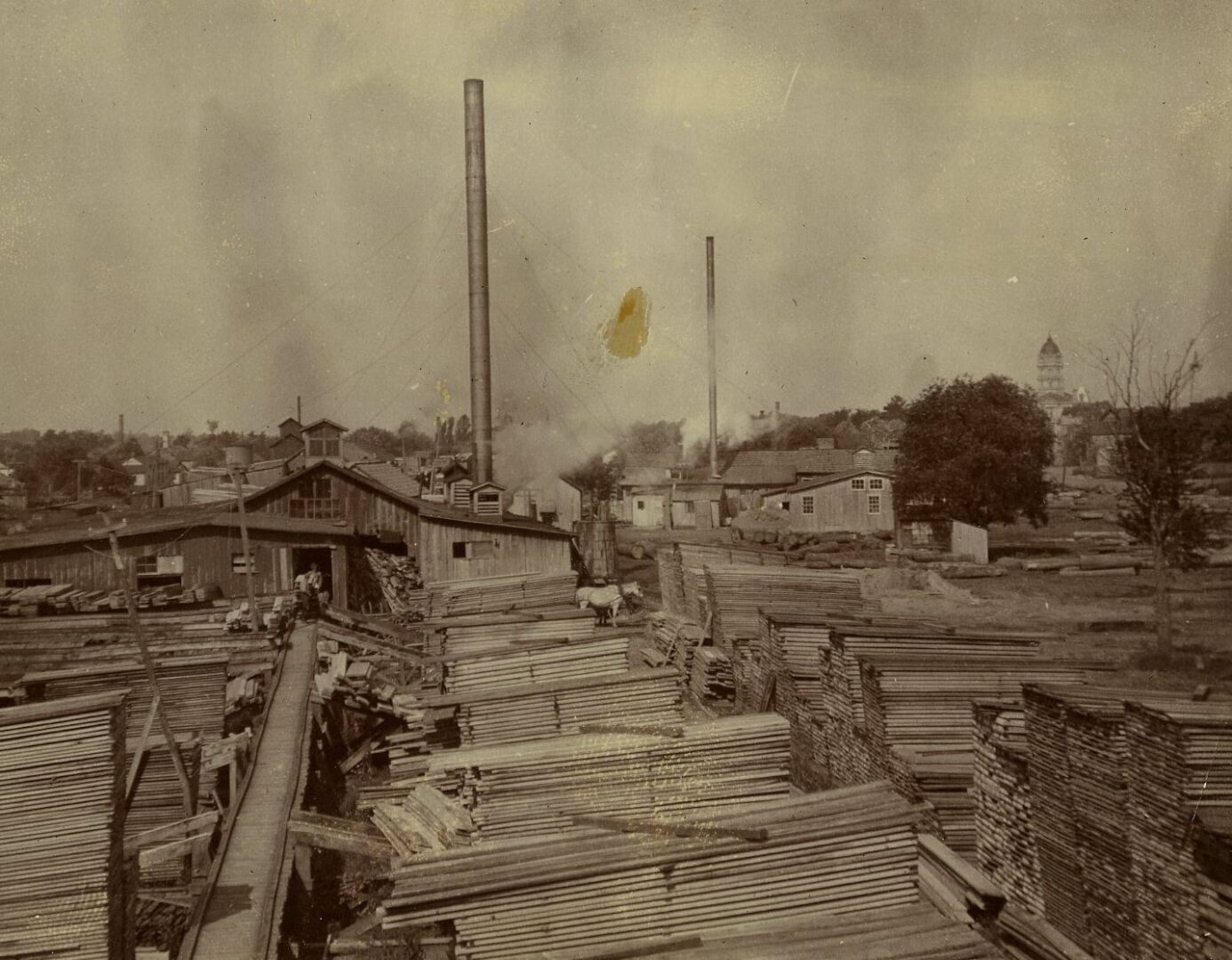
Simon persisted in his work. He would open a saw mill in Columbia City in 1881. This year also marked the closure of the Taylor Post Office, but Peabody would continue to operate this mill and other mills in Pierceton, Roann, Lafontaine, Bourbon, Denver, Albion, Wabash, Rochester, Chili, Akron, Inwood, Arcola and Portia, Arkansas.
It was around this time that Simon made his permanent home in Columbia City. By 1881, Simon Peabody had grown well beyond the boy who cut and sold wood after school to earn money for his family. A titan of wealth and ambition, he owned fourteen (14) sawmills including the newest mill opened in Columbia City. It was around this time that Simon made his permanent home in the Columbia City.
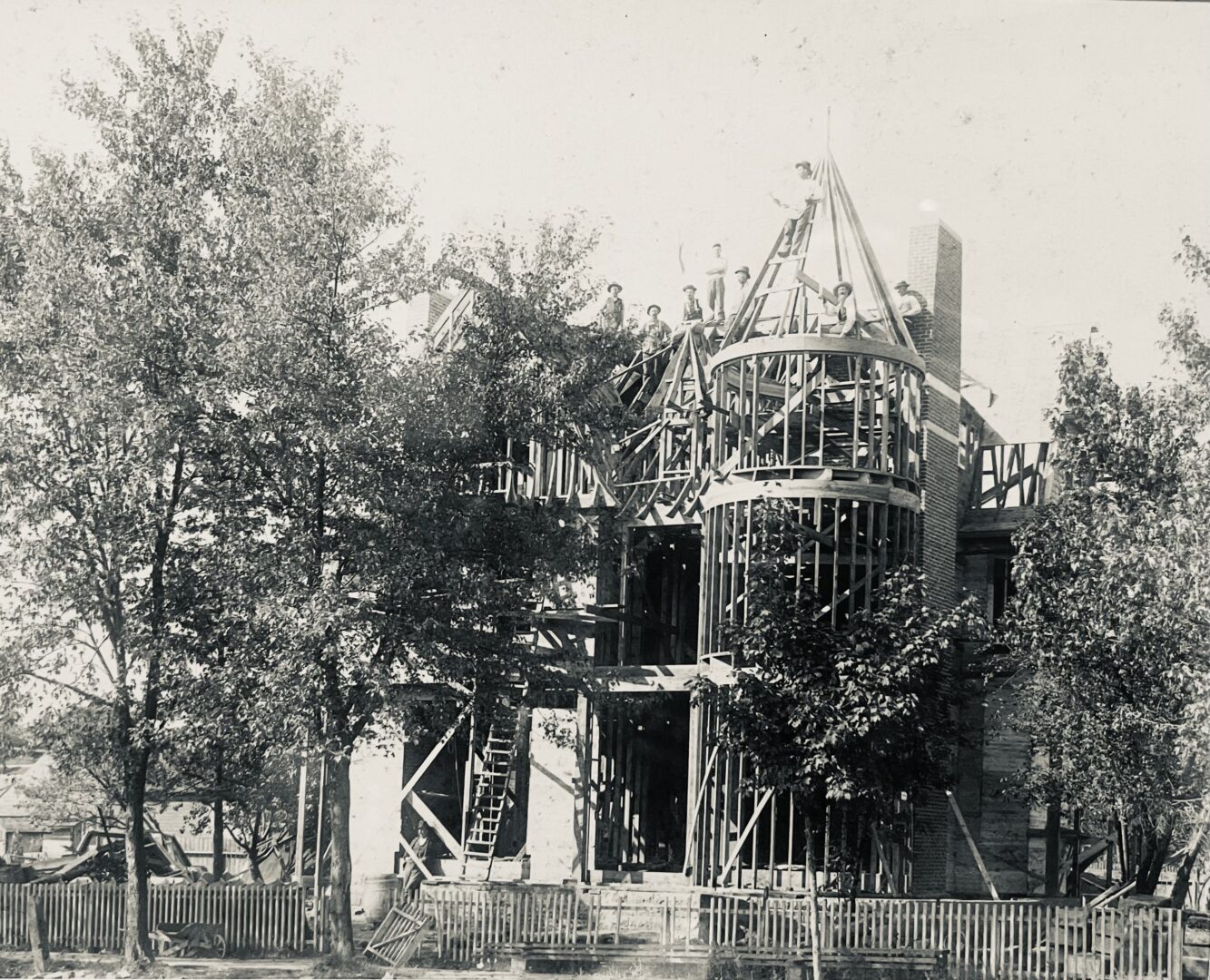
He married Mollie Tobey, who was the daughter of the pastor at Methodist Episcopal Church. He built his home on Main Street for her, which was completed in 1892.
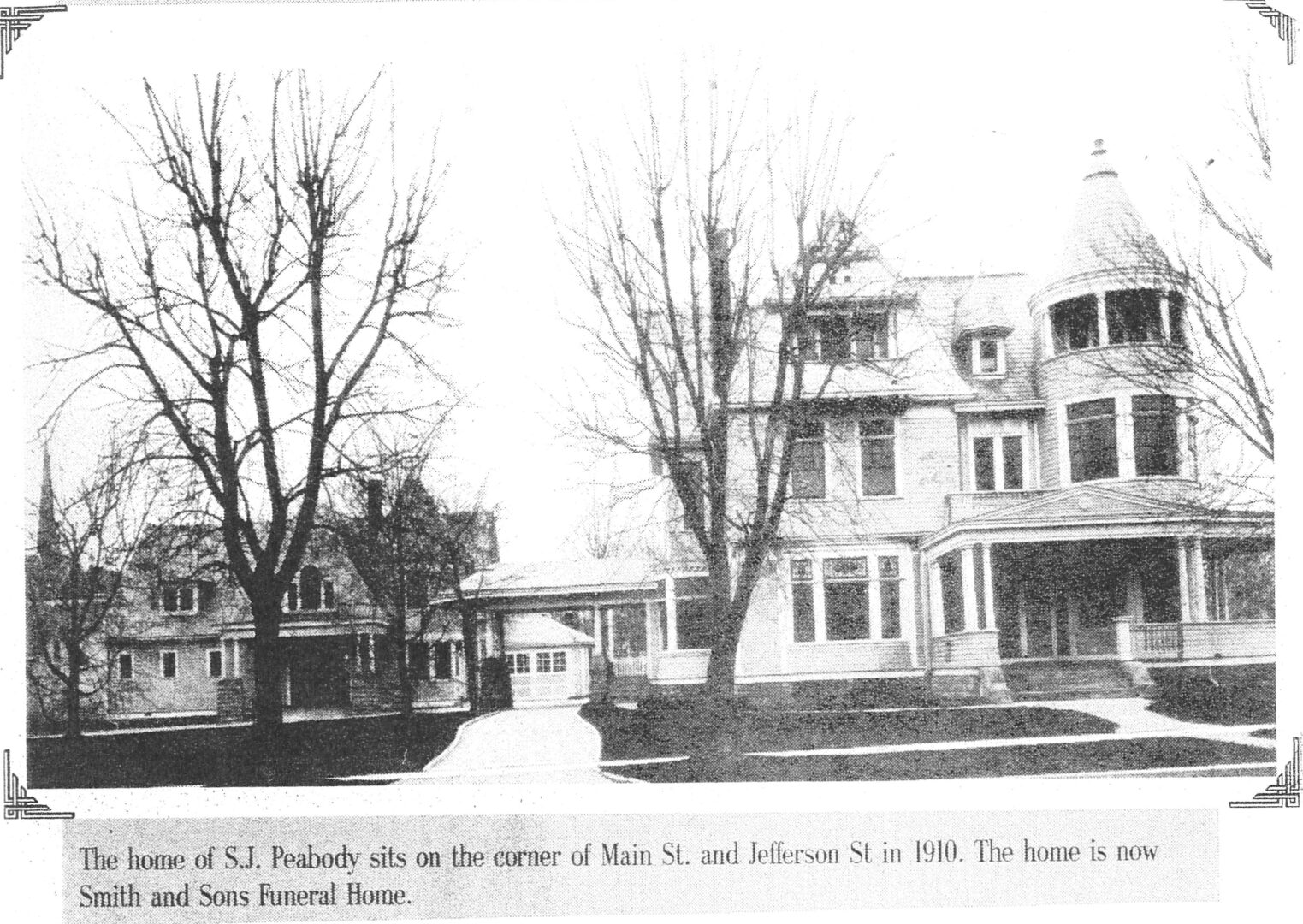
He used a variety of woods including cherry, oak, sycamore, yellow poplar, walnut, maple and elm. The home was decorated by Marshall Fields, of Chicago.
It had an underground sprinkler system, wired alarm system, gas lighting fixtures and some 6,000 pounds of lead pipes (which were later removed in a large remodel). Simon would bring clients to his home where he would show them different building techniques and materials available that his company could supply.
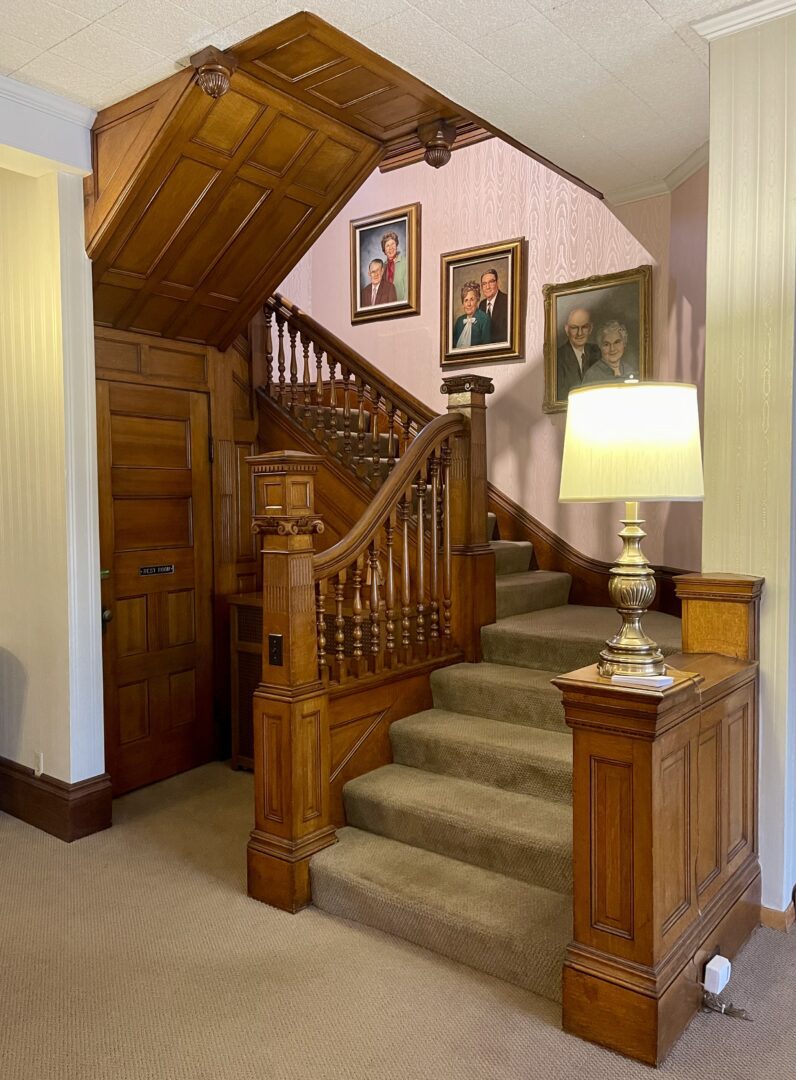
Simon Peabody had several other business interests as well. He was a horse breeder, and was very proud of his race horse Wilkeswood. He had the Peabody Farm which produced fine cattle and hogs. He was Vice President of the Columbia City National Bank and President of the Whitley County Telephone Company. His numerous real estate investments and thriving enterprises led Simon to being one of the richest men of Whitley County.
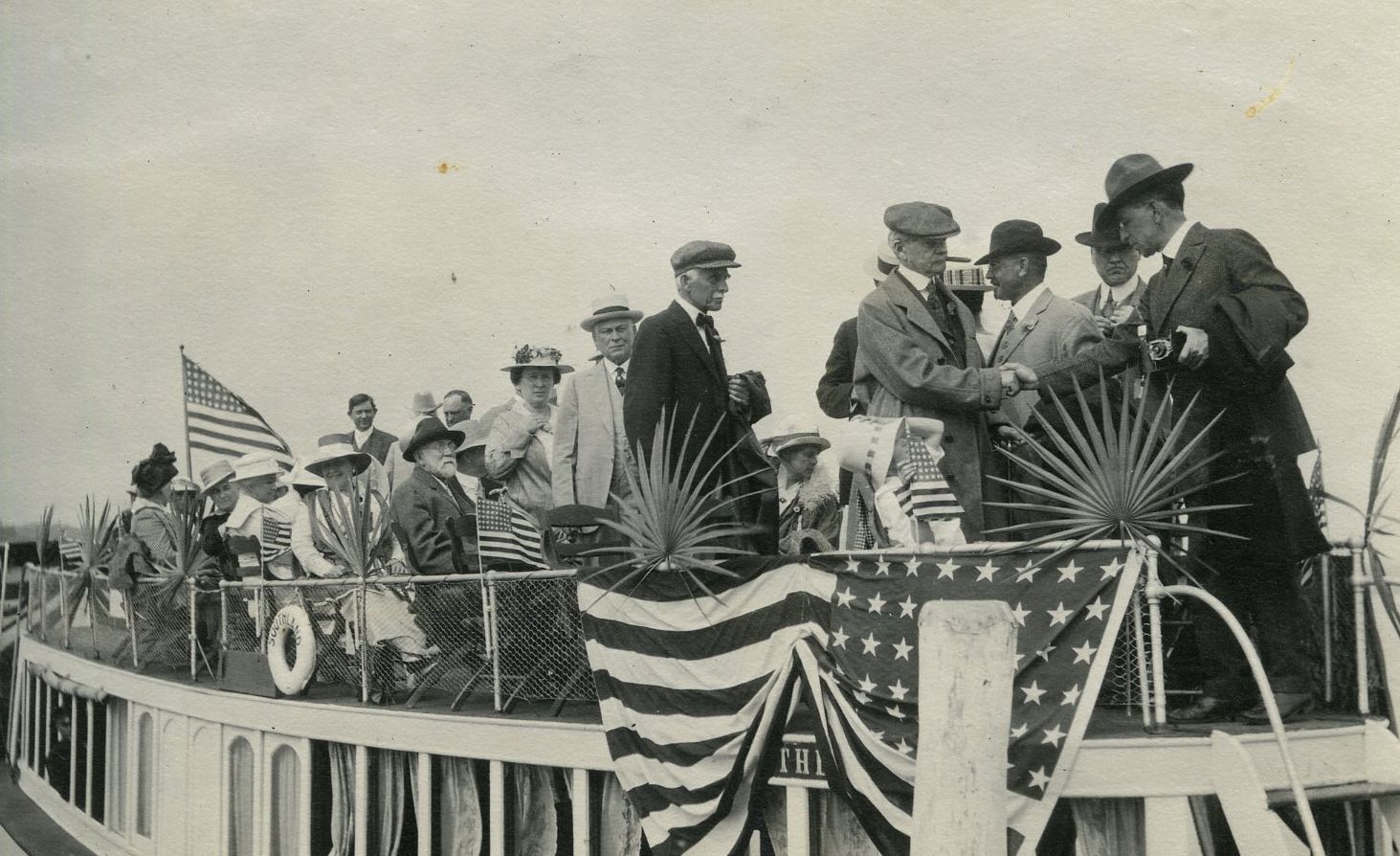
He was a true “self-made” man. Simon would summer in Daytona, Florida, where there, too, he had numerous business interests and participated in several philanthropic efforts.
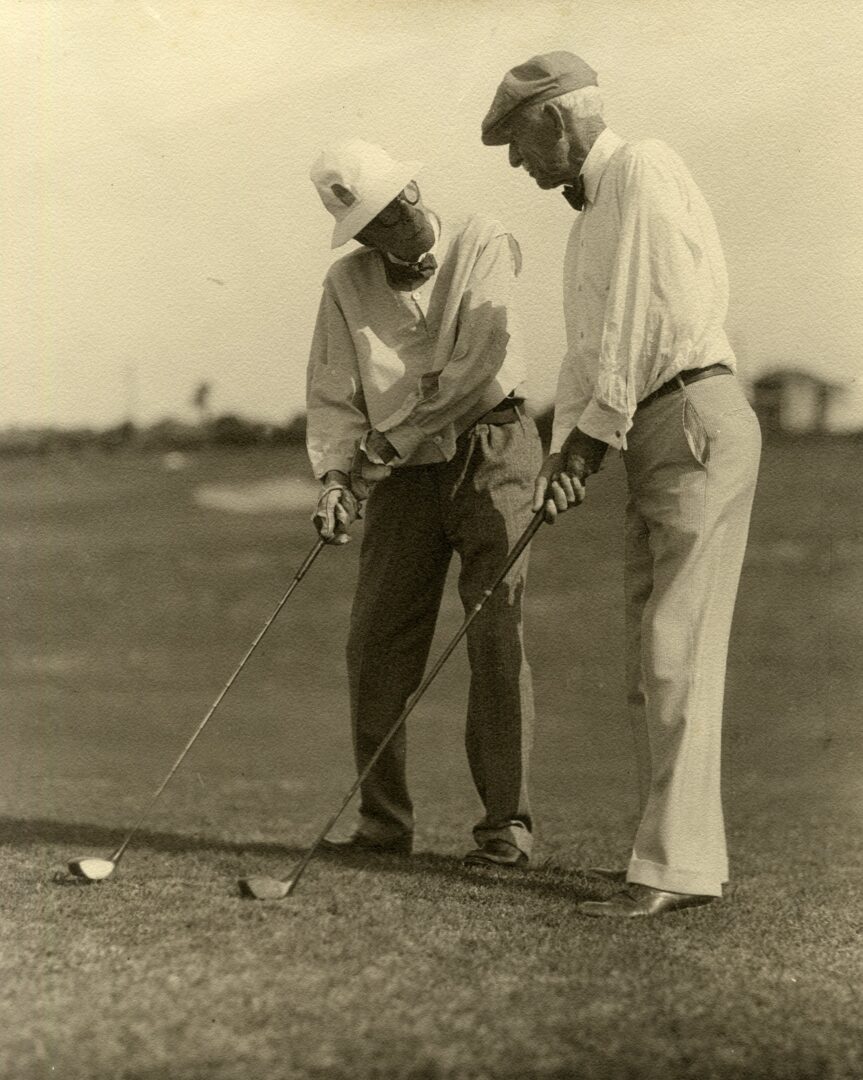
He was a devout philanthropist, giving back to his community in numerous ways. One of those ways, was to purchase the adjoining property to his home and gave an additional $25,000 to construct the second home of the library, which was renamed Peabody Public Library in his honor.
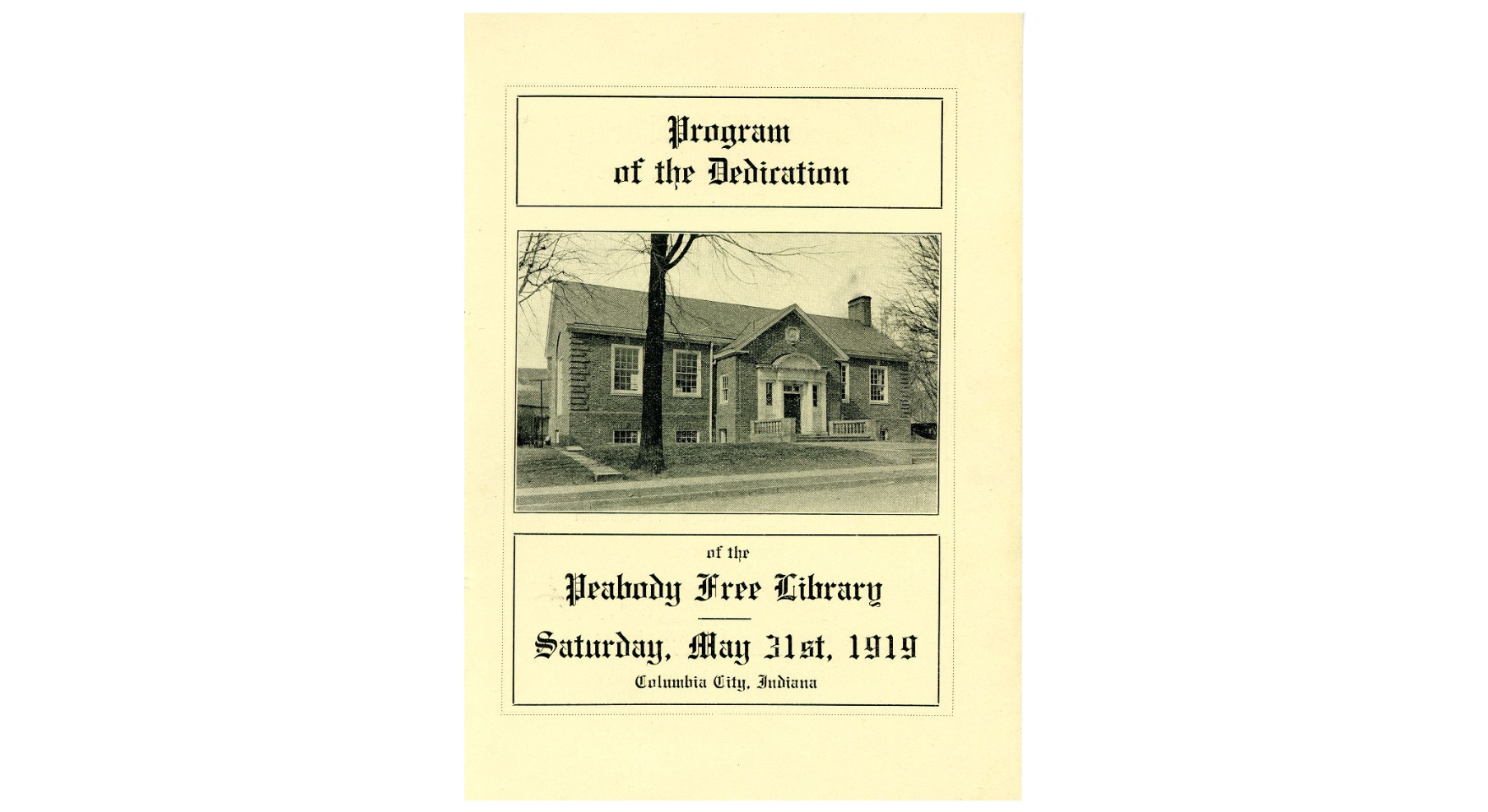
From 1918 to 1999 this was a beloved spot for the community. The building was razed in 1999 and the library moved to its current location at that time.
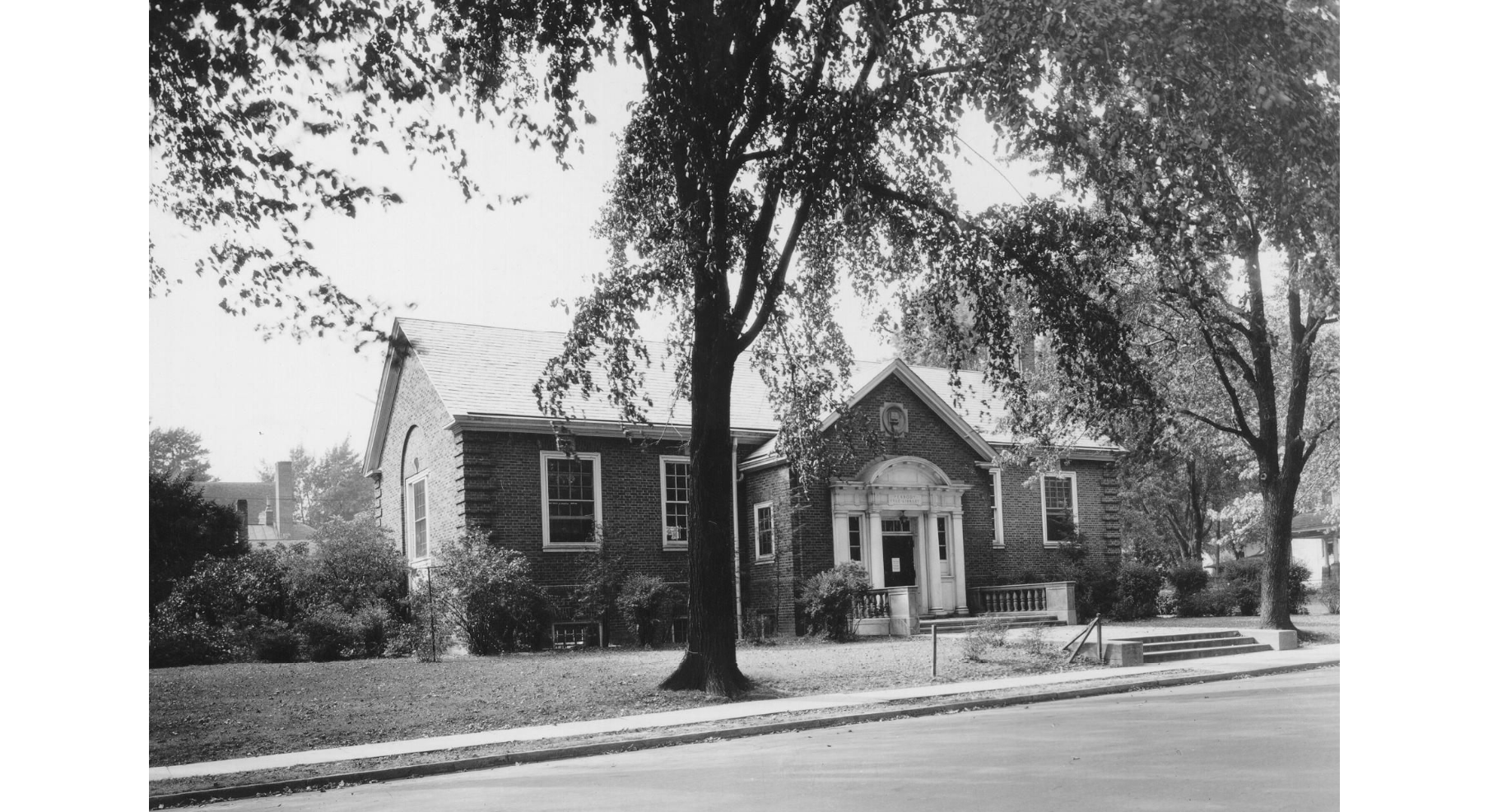
Simon Peabody passed away May 1, 1933 at the age of 81 in Florida. The lumber mill became the Morsches-Nowels Lumber Company with Peabody’s vice president Ferdinand Morsches leading operations. Today, this business still thrives as family-owned enterprise and community champion Morsches Builders Mart.
Simon’s home was purchased by Smith & Sons Funeral Home who gave it thorough renovations before opening it as its business location. The carriage house behind the home also underwent renovations and was utilized as living space at that time. Today, this long-standing family-owned business continues to operate from this location.
Thank you to the Whitley County Historical Museum for sharing photos from their collection and for their outstanding research and writing of the article.
Where are We: Architectural History
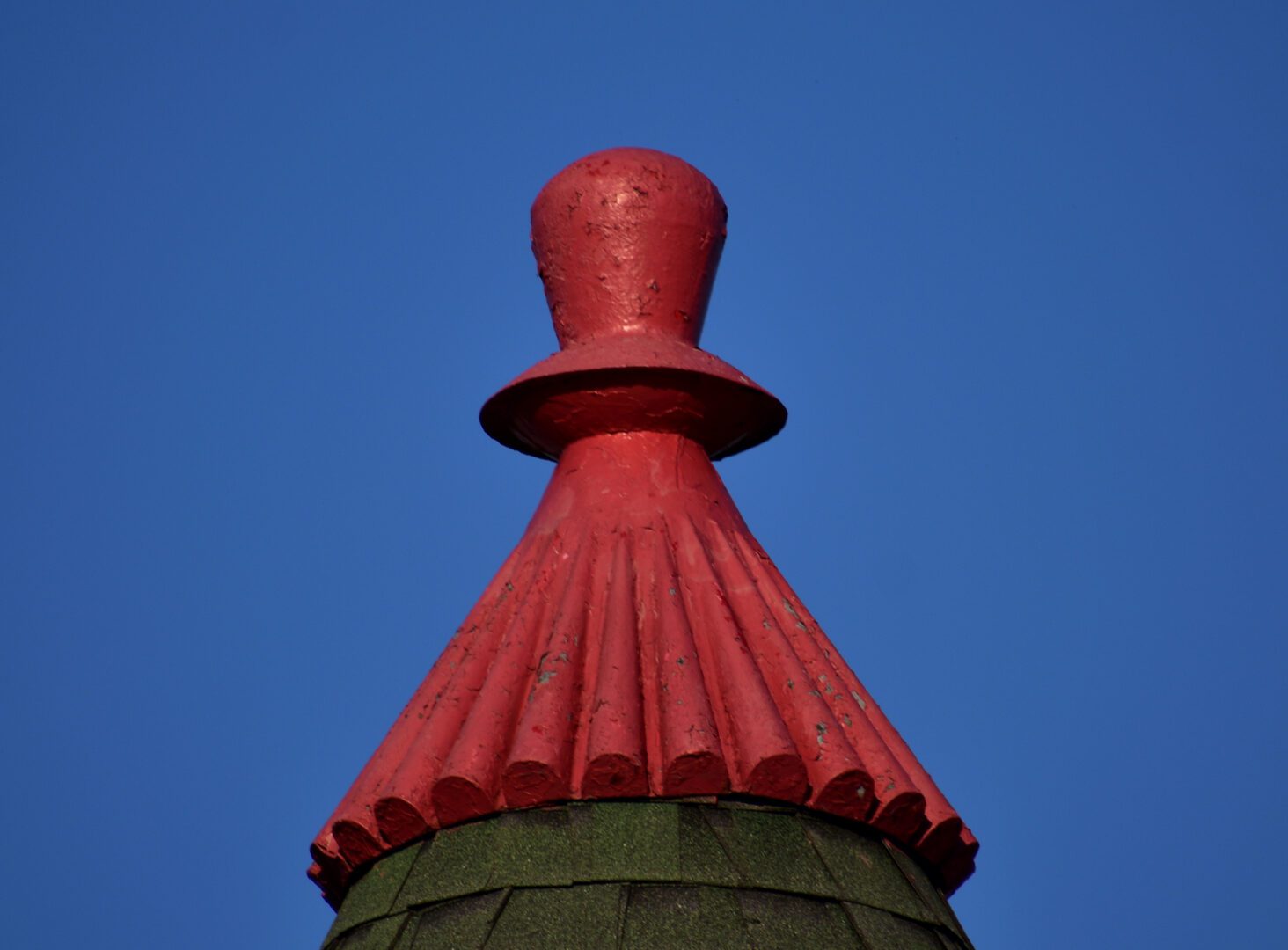
This finial caps a roof on a building that has been in its second life for more than twice its first life. Finials are distinctive ornaments at the apex of a roof, pinnacle, or, as in this case, a turret, of a building, serving both decorative and utilitarian purposes.
This particular one tops the main turret of the 1892 Queen Anne-style Simon Peabody home/ Smith & Sons Funeral Home at 207 North Main Street.
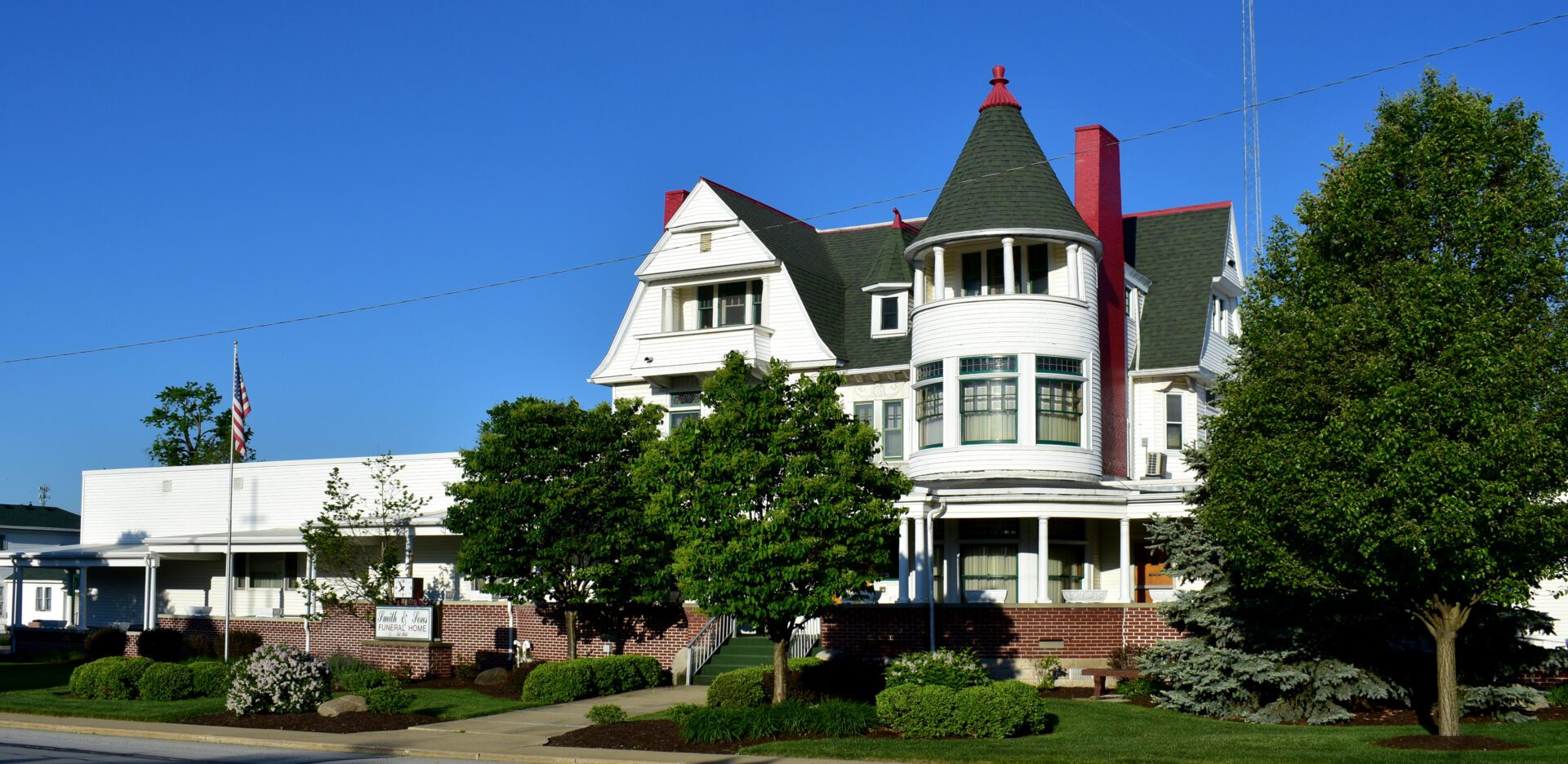
The Queen Anne architectural style was a late Victorian style, typified by an asymmetrical façade, round towers, dominant front-facing gable, classical columns, a broad main floor porch stretching across the width of the façade, and second floor porches; all of which can still be seen on the building. The home was so much in style that the architectural firm Wing & Mahurin used a rendering of it in their 1896 promotional brochure.
After the 1932 death of Simon Peabody, the Smith family purchased the property, and what was a residence has been undergone adaptive reuse as a funeral home ever since.
Thank you to Nathan Bilger for providing the recent photos and valuable insights into the architectural history.
